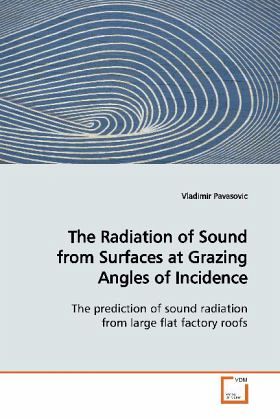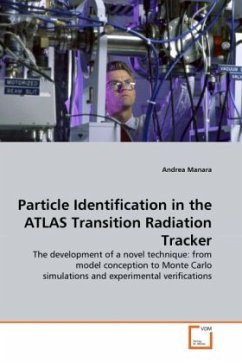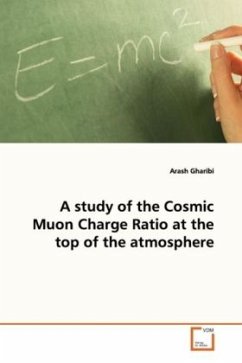
The Radiation of Sound from Surfaces at Grazing Angles of Incidence
The prediction of sound radiation from large flat factory roofs
Versandkostenfrei!
Versandfertig in 6-10 Tagen
32,99 €
inkl. MwSt.

PAYBACK Punkte
16 °P sammeln!
It is difficult to predict the sound radiation fromlarge flat factory roofs. This is because soundinsulation is measured as the average over all anglesof sound incidence. With large flat factory roofs oneneeds to know the sound transmission at grazingangles with directional sound fields. The research inthis thesis examined what will be the best method foreffectively modelling sound radiation from factory roofs.This research presents a simple analytic striptheory. Simple analytic strip theory has lead to theconclusion that it is mainly the length of the panelin the direction of radiation, rathe...
It is difficult to predict the sound radiation from
large flat factory roofs. This is because sound
insulation is measured as the average over all angles
of sound incidence. With large flat factory roofs one
needs to know the sound transmission at grazing
angles with directional sound fields. The research in
this thesis examined what will be the best method for
effectively modelling sound radiation from factory roofs.
This research presents a simple analytic strip
theory. Simple analytic strip theory has lead to the
conclusion that it is mainly the length of the panel
in the direction of radiation, rather than its width
that is important in determining its radiation
efficiency.
The findings of the this research also indicated that
apart from the effect due to coincidence, a panel was
non-directional compared to an opening.
large flat factory roofs. This is because sound
insulation is measured as the average over all angles
of sound incidence. With large flat factory roofs one
needs to know the sound transmission at grazing
angles with directional sound fields. The research in
this thesis examined what will be the best method for
effectively modelling sound radiation from factory roofs.
This research presents a simple analytic strip
theory. Simple analytic strip theory has lead to the
conclusion that it is mainly the length of the panel
in the direction of radiation, rather than its width
that is important in determining its radiation
efficiency.
The findings of the this research also indicated that
apart from the effect due to coincidence, a panel was
non-directional compared to an opening.












